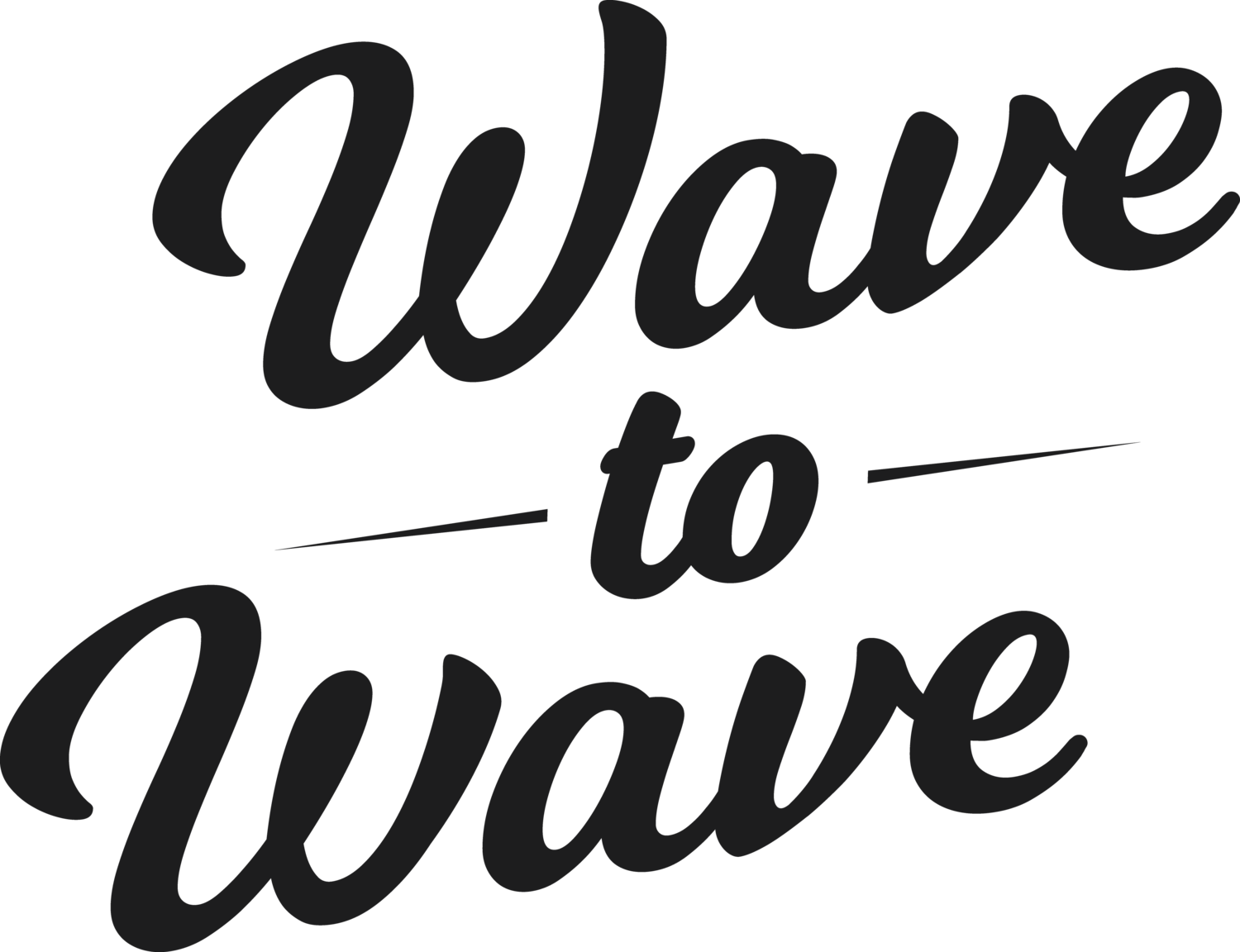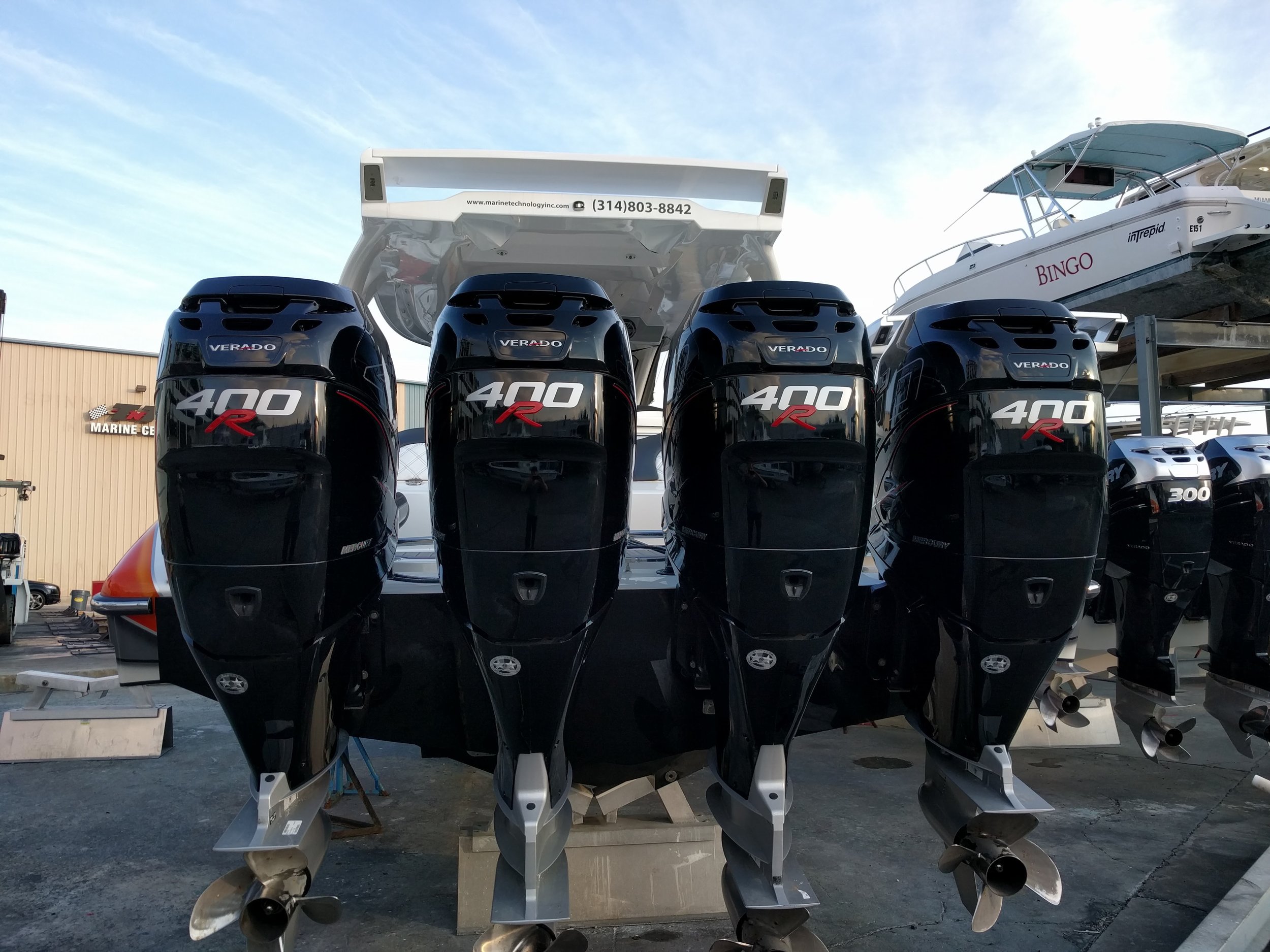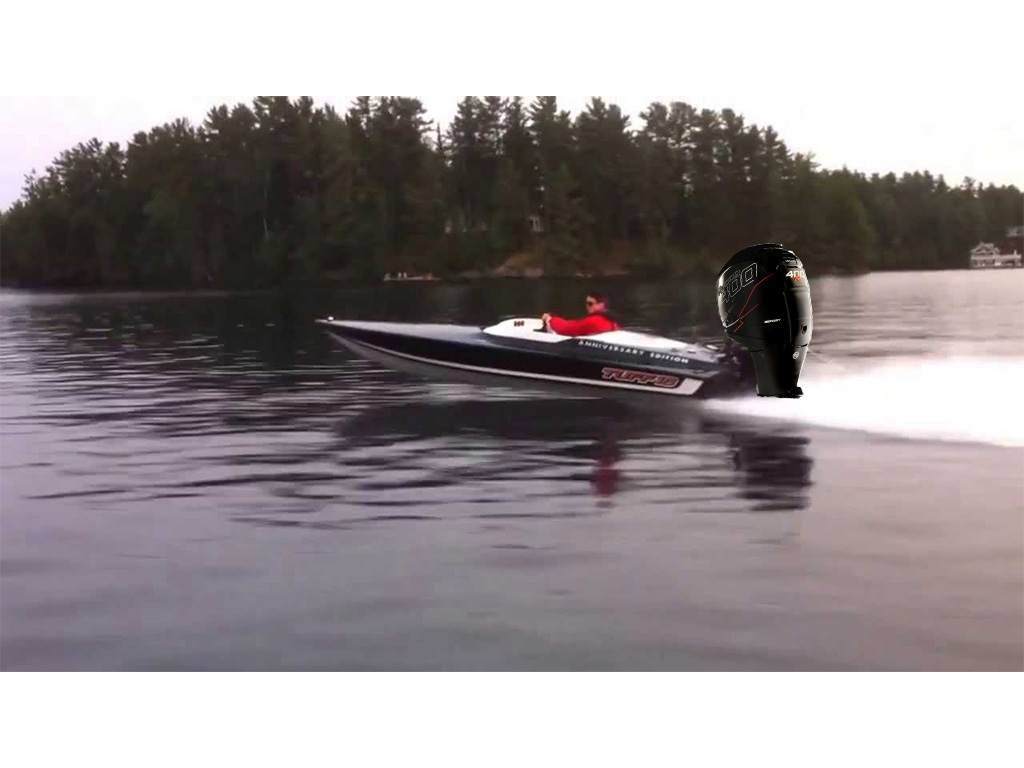Boat Weight Dynamics: Move it
In all boats, weight, weight distribution and balance are key to how the boat floats and performs. With performance boats, it can be more complicated because typically performance boats are already light and when a hull travels faster through the water, weight dynamics change. Two key variables are the “static” center of gravity and the “dynamic” center of gravity. Here, we will talk about the affects of each variable, how they affect performance and what you can do about it. These are critical things in boat designs and setup. This is compiled from my own experimentation as well as referencing the work from AeroMarine Research, which has published technical articles on this particular topic.
First, the difference between static and dynamic center of gravity is that static center of gravity (CG) is the technical point where weight is the same on each side of a point, a way of saying the center of mass, at rest. In most boats, it’s typically far aft, because of the engine, drive and shape of most hulls. The dynamic center gravity (DCG) is really important because it changes to the conditions; it’s the combination of drag, forward thrust, and lift. For example, as you go faster through the water, drag increases from the lower unit(s), and the hull, this moves the DCG aft. Aerodynamics affects lift, and engine height is an affect on DCG, as well as other aspects of the setup.
Weight
The combination of a heavy engine (3.4 Liter V6) and a low dead-rise hull, made this old Checkmate Starflite susceptible to porpoise, until adjustments were made.
Common issues that arise when DCG is negatively affecting performance is porpoising, chine walking, and bow lift. If you are experienceing porpoising there are usually a few things at play. One thing to think about is when a boat is porpoising, the lift is exceeding the stability the hull is offering; one cause is over trim, another is too much drag, CG is too far back: both CG and DCG. Addressing these problems starts with knowing your CG and possibly adjusting it, cleaning up your hull if it has any irregularities, adjusting your drive height to reduce drag, and knowing your hull design characteristics. Shallow Vee hulls are far more susceptible to porpoise as they often don’t achieve the same lift as some higher degree deadrise hulls.
Porpoise
A nice chart from AeroMarine Research summarizing the different aspects of porpoising.
When adjusting, start with less trim, adjust static weight, alter dynamic forces (raise engine / lower unit, change prop, setback etc.), Propellers are often overlooked in porpoising situations but they are key as they simultaneously contribute to thrust, lift and drag; so your prop is an important component. Keep in mind your CG doesn’t change, but your DCG moves back as you go faster. Stability is achieved when your CG and DCG are fairly close, making your hull handle predictably, without porpoise and without chinewalking. Depending on your hull, trim tabs can also be beneficial but on smaller single engine performance boats, you shouldn't need them, again it depends on the hull and your objectives. Some narrow deep Vees benefit from tabs to stabilize the hull, some flatter hulls need them to push DCG forward.
Height
Jack plates like this Porta Products adjustable one are great tools to adjust engine height on the fly.
When adjusting static weight, eliminate all other factors first, like the engine height, prop etc, then adjust what you can. Try to make your boat lighter overall, remove any extra weight you don’t need like anchors, a heavy battery, kids. Sometimes, when people overpower their hull, the engine is just simply too heavy and your CG will negatively affect balance no matter what. I am not a fan of adding weight to the front to address porpoising, although in ultra light boats you often see ballasts, which can be great, a more conventional hull should be able to eliminate the issue with the standard measures mentioned.
Engine weight is important, especially when you have multiple engines. More weight, more drag.
The perfect engine for this boat. A Tuff 16 with a 400R (it's fake!)
For more specific articles on these characteristics, checkout Jim Russell’s articles at AeroMarine Research and look at their technical articles on weight, forces and porpoising.











